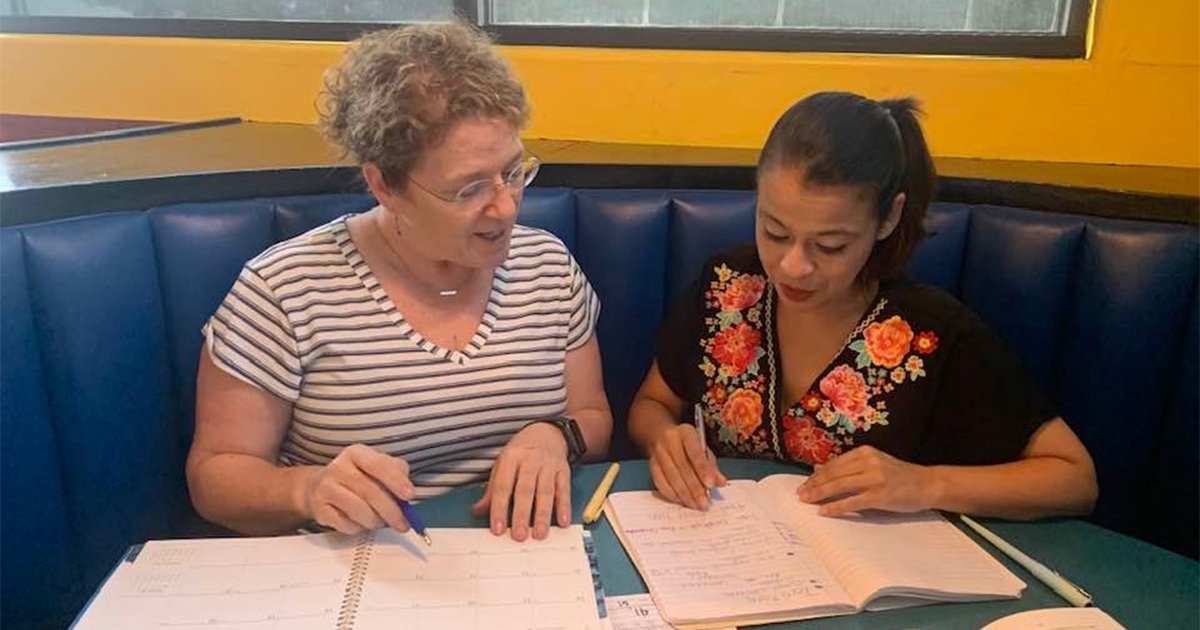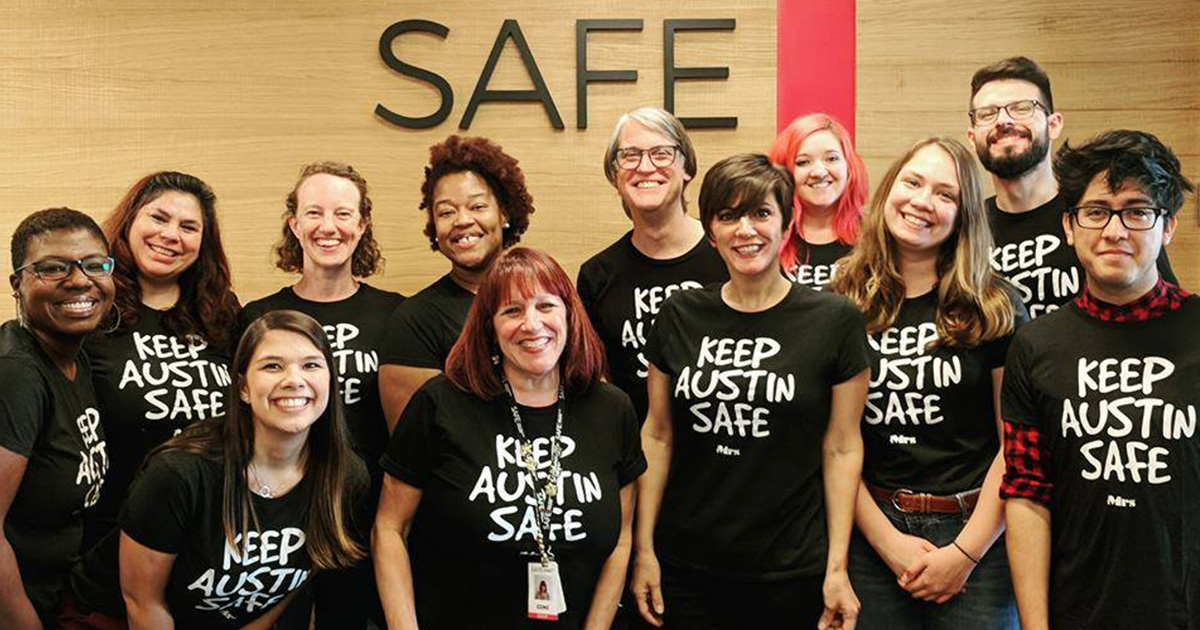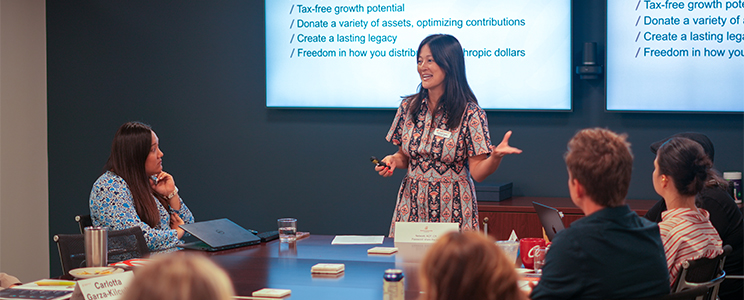 Austin Community Foundation works with a variety of companies to enhance the ways they act on their social responsibility through corporate philanthropy. Companies that partner with community foundations take their strategy to the next level by accessing a philanthropic partner for grant-making guidance and charitable giving expertise.
Austin Community Foundation works with a variety of companies to enhance the ways they act on their social responsibility through corporate philanthropy. Companies that partner with community foundations take their strategy to the next level by accessing a philanthropic partner for grant-making guidance and charitable giving expertise.
We have also helped our corporate partners implement diversity, equity, and inclusion (DEI) practices in their giving programs. This includes prioritizing grant-making to more BIPOC (Black, Indigenous, and People of Color)-led organizations, grant-making to grassroots-style organizations, creating a more inclusive and accessible application process, and incorporating more diverse voices in funding decisions.
Based on our experience in this area, we’ve created a list of recommendations for anyone interested in creating a more equitable corporate giving program. These are just a few tips to get you started:
1) Take stock of your current application practices. Before making a change, it is important to reflect on how you are currently operating and determine if your process aligns with your values. Start by breaking down your process into steps, and reflect on each item. There may be small but effective changes you can make immediately.
- Streamline the application. Keep your application short and your questions concise. Consider removing questions that don’t affect funding decisions, and hold off on asking for information that could be captured once funding decisions are made.
- Eliminate word or character limits. Instead, offer suggested word limits and ensure questions elicit a clear and direct response.
- Consider an open application. Use a letter of inquiry (LOI) or an eligibility review stage that asks applicants 1-2 questions about their project. This will allow you to invite only those organizations that are a good fit to complete a full application, while still opening up the opportunity to organizations that may be overlooked.
2) Create and share a scoring rubric. Sharing your scoring rubric with your applicants can save a small nonprofit valuable time if they can determine whether or not their program will be a good match. This can also demystify your funding process and help build applicants’ capacity to create stronger grant applications. Creating and sharing a rubric helps corporations narrow their focus and stick to a consistent scoring method amongst applicants. Of course, there may be nuances not captured in your rubric, but it can provide structure for your reviewers’ discussion.
3) Be aware of bias towards well-resourced organizations with greater capacity. It can be easy to quickly judge the deservingness of a request for funding based on demonstrated writing skills. It’s important to remember that one organization may be run entirely by volunteers, while other organizations have a full-time grant writer on staff. Here are a few more considerations to help curb our internal biases:
- Separate small and large organizations. At ACF, we define these as “emerging organizations” and “established organizations.” Review organizations within each category, rather than reviewing against each other. You may also consider creating categories based on impact area or determining funding levels for each category early on.
- Diversify your review committee. Include more voices and perspectives during the review process. Consider inviting employees in various positions, seeking community reviewers, or creating an anonymous peer-review strategy.
- Provide anti-bias training for your reviewers. Anti-bias training is a tool that can help us recognize our own biases, may these be based on race, identity, or previous misconceptions and beliefs held about an organization or group of people.
4) Consider providing unrestricted funding and multi-year funding. Unrestricted grants allow more flexibility for an organization to apply the funds where needed, while multi-year funding provides stability, especially for emerging organizations.
5) Gather demographic data from organizations applying. Asking for demographic makeup of the applying organization, their board, and their clients can help you understand where you are currently making an impact, and can be a point of consideration as you work towards more equitable grant-making goals.
6) Ask grantees how they measure and evaluate their impact. Consider funding technology needs or capacity building to help organizations track data. Another consideration would be to accept data that the organization is already collecting, rather than asking for strict and specific measures in order for them to receive funding.
If you’re interested in learning more about ACF’s philanthropic services for corporate giving programs, contact Cybil Guess at cguess@austincf.org. We’re excited to work with you toward a more equitable corporate giving program.
Sara Watson is the Senior Grants Management Specialist at ACF. She manages outgoing grants and oversees all of our active grant cycles.


